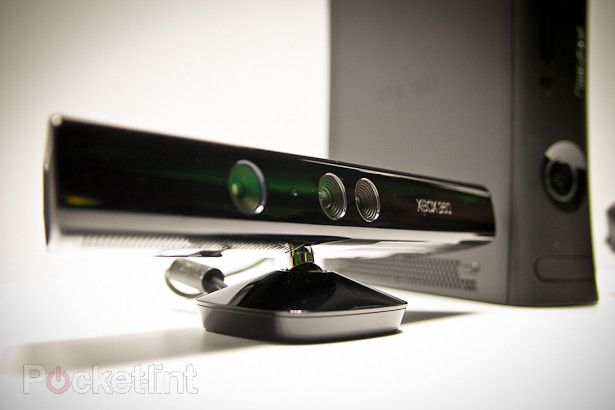As expected, Microsoft has announced that its Software Developers Kit of Kinect for Windows is now available to download meaning a world of crazy hacks for the motion sensor original designed for the Xbox 360 will be upon us shortly.
Although available for games developers for the Xbox 360, it’s the first time the SDK, the piece of software that allows developers to access the features of the sensor is available for Windows 7 users.
The Kinect for Windows SDK beta includes drivers, rich APIs for raw sensor streams and human motion tracking, installation documents, and resource materials. It provides Kinect capabilities to developers who build applications with C++, C#, or Visual Basic by using Microsoft Visual Studio 2010.
While that might sound complicated, for people that programme in those languages it’s music to their ears as it means for the first time they will be able to legitimately design applications for the sensor and open up a whole host of possibilities.
“The Kinect for Windows SDK opens up a world of possibilities to developers who want to unleash the power of Kinect technology on Windows,” said Anoop Gupta, distinguished scientist, Microsoft Research. “We can’t wait to see what this community will create as we work together to build more natural, intuitive computing experiences.”
Microsoft at E3 launched Kinect Fun Labs, although the experience at the time was limited to the Xbox 360. Fans of the new showcase service are keen to see if the company from Redmond will launch a similar offering for the bevy of PC Kinect friendly apps and showcases that are bound to be heading our way very shortly.
Features of the SDK include the following:
- Raw Sensor Streams. Developers have access to raw data streams from depth sensor, color camera sensor and the four-element microphone array. These will allow them to build upon the low-level streams generated by the Kinect sensor.
- Skeletal Tracking. The SDK has the capability to track the skeleton image of one or two people moving within the Kinect field of view, making it possible to create gesture-driven applications.- Advanced Audio Capabilities. Audio processing capabilities include sophisticated noise suppression and echo cancellation, beam formation to identify the current sound source, and integration with the Windows speech recognition API.
- Ease of installation. The SDK quickly installs in a standard way for Windows 7 with no complex configuration required and a complete installer size of less than 100 MB. Developers can get up and running in just a few minutes with a standard standalone Kinect sensor unit widely available at retail.
- Extensive documentation. The SDK includes more than 100 pages of high-quality technical documentation. In addition to built-in help files, the documentation includes detailed walkthroughs for most samples provided with the SDK.
Currently applications developed are for non-commercial use only, so don’t expect the likes of games developer EA to jump in straight away.
Microsoft says it intends to release a commercial version of the SDK at a later date and that details will be released when they are available.
We will keep you posted.

